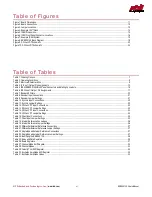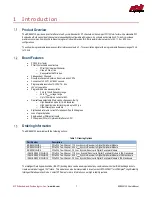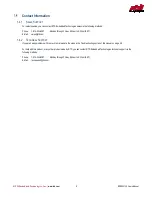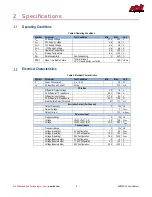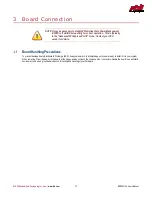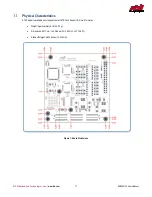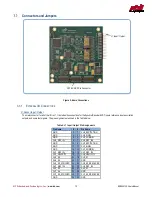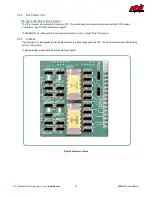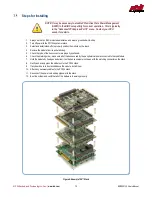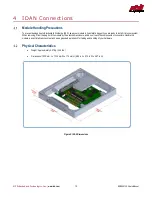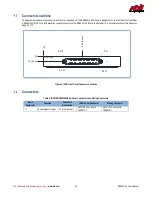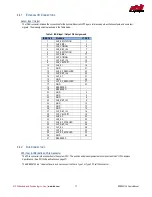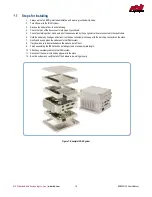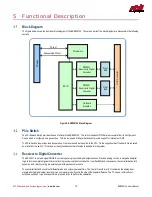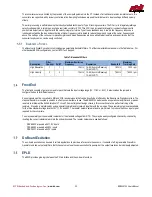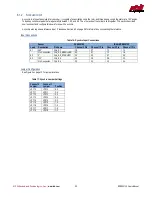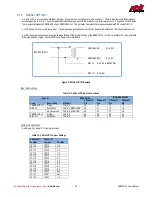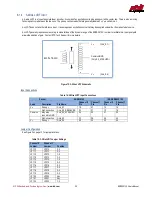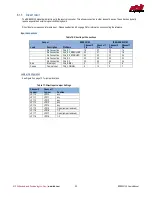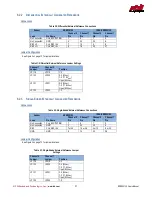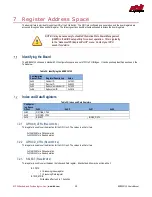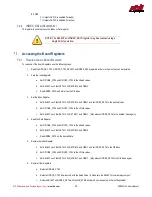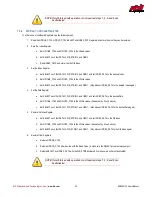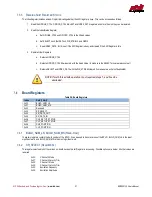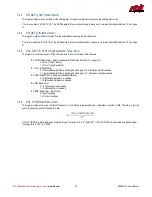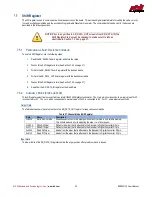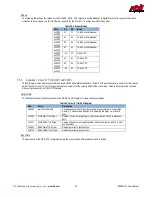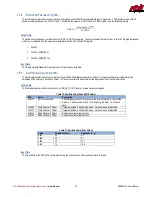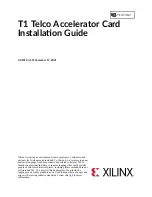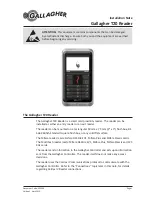
RTD Embedded Technologies, Inc.
|
www.rtd.com
20
ERES35105
User’s Manual
The converter accuracy is limited by the precision of the computing elements in the CT. Instead of a traditional precision resistor network, this
converter uses capacitors with precisely controlled ratios. Sampling techniques are used to eliminate errors due to voltage drift and op-amp
offsets.
The error processing is performed using the industry standard technique for Type II tracking converters. The DC error is integrated yielding a
velocity voltage which in turn drives a voltage controlled oscillator (VCO). This VCO is an incremental integrator (constant voltage input to
position rate output) which, together with the velocity integrator, forms a Type II servo feedback loop. A lead in the frequency response is
introduced to stabilize the loop and another lag at higher frequency is introduced to reduce the gain and ripple at the carrier frequency and
above. The settings of the various error processor gains and break frequencies are done with external resistors and capacitors so that the
converter loop dynamics can be easily controlled.
5.3.1
B
ANDWIDTH
F
ILTERS
The Resolver to Digital Converter circuit includes two selectable bandwidth filters. The filter characteristics are shown in the Table below. For
other bandwidth filter configurations, contact RTD Tech Support.
Table 7: Bandwidth Filters
Description
Filter
Channel SHIFT
Maximum Excitation
Frequency
Resolution
Bandwidth
Maximum
Tracking Rate
High Resolution
1
1
10 kHz 16-bit (Synchro/Resolver)
14-bit (LVDT)
180 Hz
1200 rpm
High Velocity
2
0
10 kHz 12-bit (Synchro/Resolver)
10-bit (LVDT)
750 Hz
19200 rpm
Front End
The front end consists of a precision resistor pack that sets the input voltage range (2V, 11.8V, or 90V). It also includes the jumpers to
configure the board for different sensors.
Sensor signals must be converted to SIN and COS resolver signals that can be directly be interfaced by the Resolver-to-Digital converters. The
classical transformer coupled connection is often too cumbersome to use. The ERES35105 module uses an operational amplifier and precision
resistors to implement the Solid State Scott-T circuit. The most important design criteria in this connection are the perfect matching of the
resistors. Precision is maintained by using a special trimmed resistor network together with the op-amps. These resistor networks are available
for the three standard voltage levels of 2V, 11.8V and 90V. The resistor network value ratios are pre-trimmed to produce the 2V
RMS
input signal
required by the converters.
You may separately purchase resistor networks for the standard voltages from RTD. They may be easily configured channel-by-channel by
inserting the correct resistor network into the onboard sockets. The resistor networks are used as follows:
DDC-49530 are used with 11.8V inputs
DDC-49590 are used with 90V inputs
DDC-76037 are used with 2V inputs
On-Board Excitation
The on-board excitation can be used in certain applications to provide a reference to the sensors. It consists of a Programmable Waveform
Generator and two output amplifiers. Both channels must use the same excitation frequency, but the output levels can be individually adjusted.
EPLD
The EPLD provides glue logic between the PCIe interface and the on-board functions.

